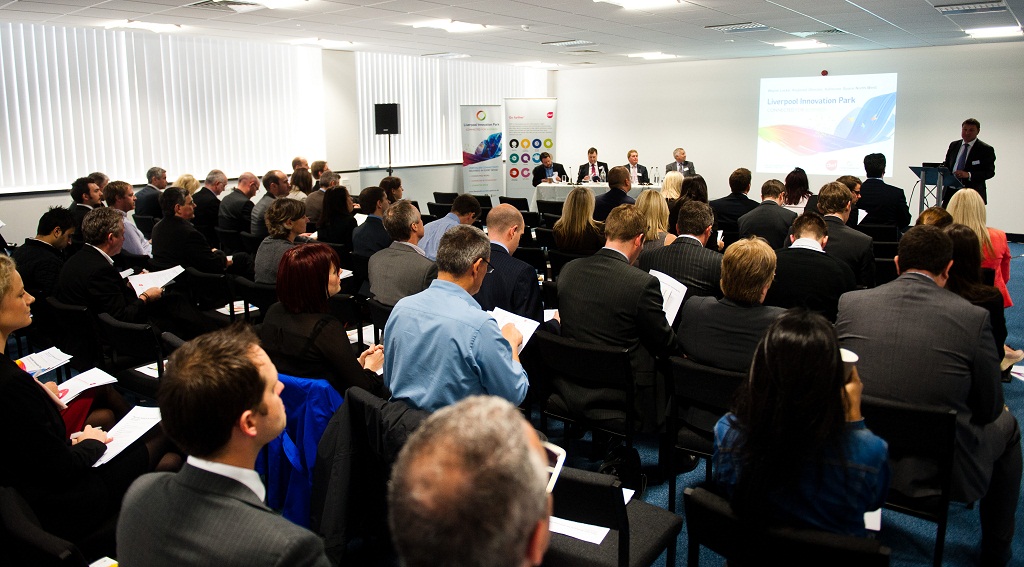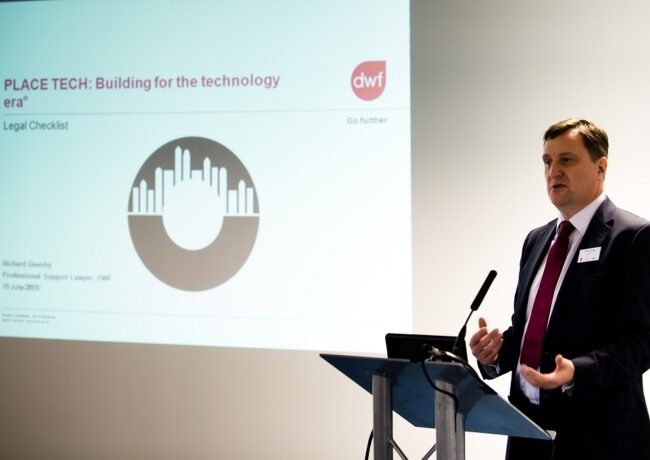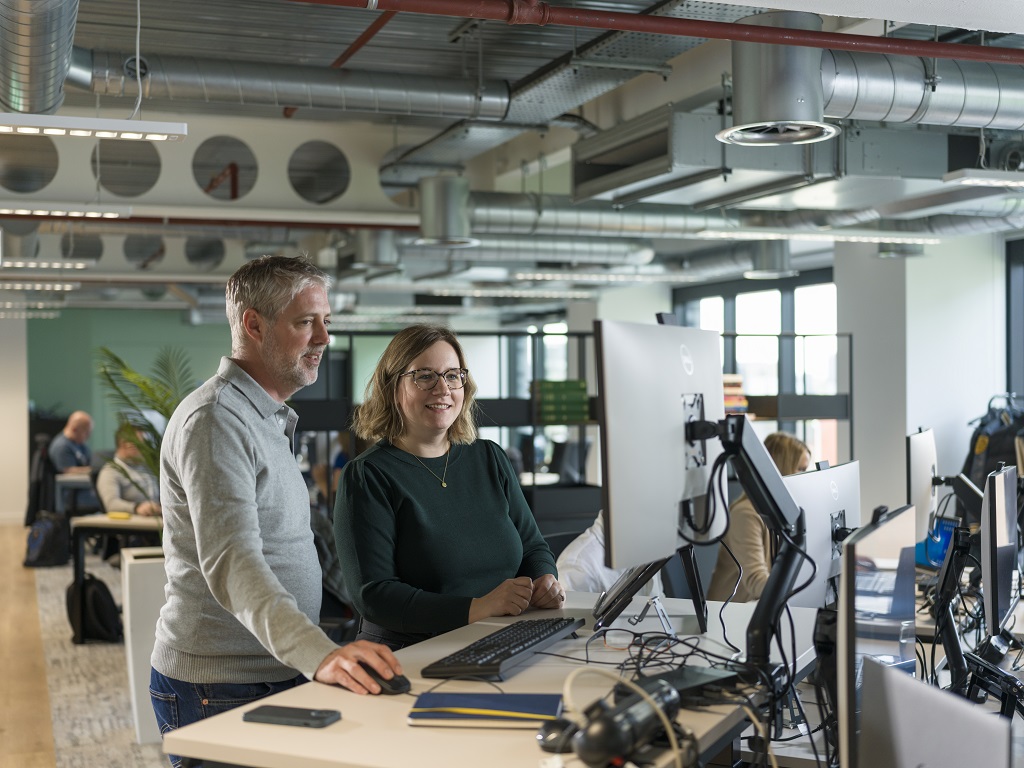Place Tech: Data centre checklist
 DWF's Richard Quenby, one of the speakers at the first Place Tech conference held last week at Liverpool Innovation Park, outlines the issues you need to consider when putting a data centre into your property.
DWF's Richard Quenby, one of the speakers at the first Place Tech conference held last week at Liverpool Innovation Park, outlines the issues you need to consider when putting a data centre into your property.
Facilities that house computer systems and components, known as data centres, present a range of unique property challenges, from energy supply access to security measures. Failing to deal with these issues effectively can put the resilience of the service at serious risk – with potentially disastrous consequences for the businesses using them. As technology develops, so do these challenges – as even 'the cloud' has to be located somewhere.
Download Place Tech slides below
This means in many instances, businesses that are thinking of relocating or outsourcing their data requirements to such a centre will require their facilities managers to go through a due diligence process to check the building in which the equipment, systems and components are due to be housed.
With that in mind, what are the top five factors that property professionals need to consider when dealing with large relocation or real estate technology projects?
Location, location, location
While smaller data centres are often located on the outskirts of urban areas in well-established industrial estates or office parks, larger data centres tend to be located in more remote locations due to the power, cooling and security requirements of them. This remoteness can cause a number of problems. It's vital to check that the necessary infrastructure is in place to ensure that the centre can be accessed easily. For example, are there service corridors going through land belonging to others which can be used? Property professionals also need to check the connectivity, availability of a suitable power supply, and ducts for cables and fibres.
Energy supplies
Powering the servers and other systems that keep them running – such as air conditioning – uses vast amounts of energy. A typical data centre can use up to 20 times more power than an office building of the same size.
 Larger data centres will not be able to draw sufficient power from the supply that is available within a typical industrial estate or office park, meaning that a dedicated substation will have to be installed. There is an added cost to this, which needs to be budgeted for. It's also vital to ask what alternative energy supplies are available if the substation fails. In some cases, there will even be a third back-up option – such as oil-fired generators.
Larger data centres will not be able to draw sufficient power from the supply that is available within a typical industrial estate or office park, meaning that a dedicated substation will have to be installed. There is an added cost to this, which needs to be budgeted for. It's also vital to ask what alternative energy supplies are available if the substation fails. In some cases, there will even be a third back-up option – such as oil-fired generators.
Even if there are a number of alternative energy supplies to keep the data centre running in case the main one fails, it's vital to have a process in place to copy data over to another system to protect businesses from worst case scenarios.
The building
Data centres are bespoke buildings, with specific design and operational parameters, which are driven by the need to regulate heat, dust, humidity and other environmental factors within the building. In addition, there may need to be bespoke alarm and fire protection systems.
Regardless of how new or old the building is, the prospective occupier needs to think about the extent of the developer's expertise and the depth of its pockets if things go wrong. In addition, design professionals and specialist contractors must be accountable for defects in the structure of the building and the systems within it by giving collateral warranties, backed by professional indemnity insurance cover, which is both adequate in amount and covers the heads of loss that the occupier is likely to suffer if data is lost or cannot be accessed.
Tight security measures
Security is a critical issue. Physical access must be kept within tight limits, both within the building and throughout the site on which the building is located. Data centres will therefore require internal and external CCTV, robust perimeter fencing (some even have bunds or moats), controlled entry points, 24-hour security staff and a range of other enhanced security measures.
It is also worth noting that data centres often require confidentiality and building anonymity, which also needs to be taken into consideration when putting in place security measures.
Planning permissions
Some local planning authorities consider data centres to be a B1 use (office/light industry), whereas others consider it to be 'sui generis', i.e. a unique class of its own. The distinction is important, because converting an office or light industrial building to a data centre, or vice versa, will not require planning permission if both fall within the same use class. However, getting this wrong could lead to enforcement action so it is vital to check whether building permission is required. If data centres are within Class B1, this flexibility of use may mean that the building has a premium value on any subsequent disposal. It is also important to verify this position.
- Richard Quenby is professional support lawyer in DWF's real estate team.
Around 100 Place North West readers attended the first Place Tech conference last week, sponsored by DWF and Liverpool Innovation Park. Also presenting were Frank Mills, technical director at Sinclair Knight Merz, engineer on Media City UK; Mike Osbaldeston, regional manager, Managed Networks and Jaimie Ferguson, urban design director at architects BDP in Manchester, on the principles of smart city design.
To view the slides click here and download the PowerPoint file




